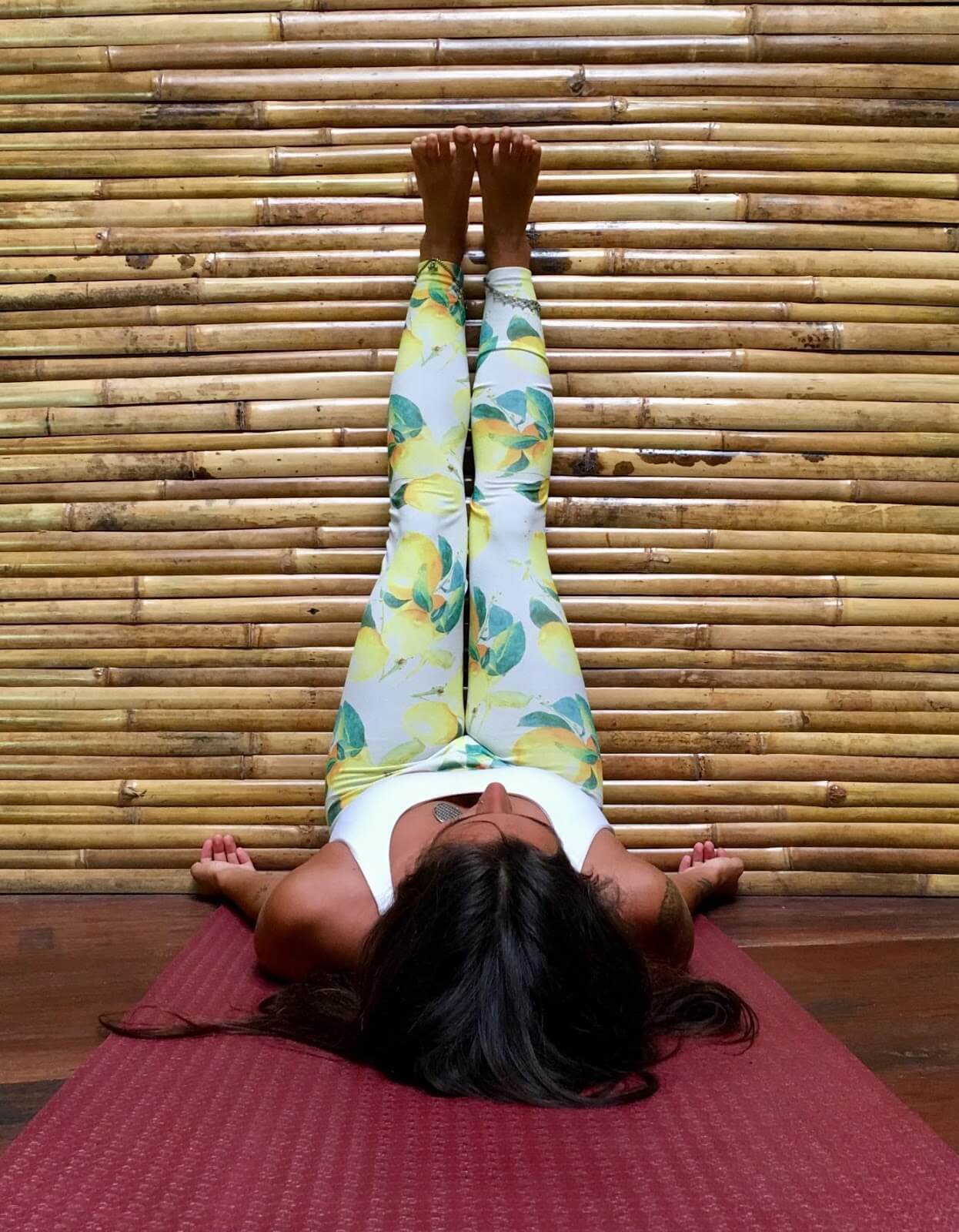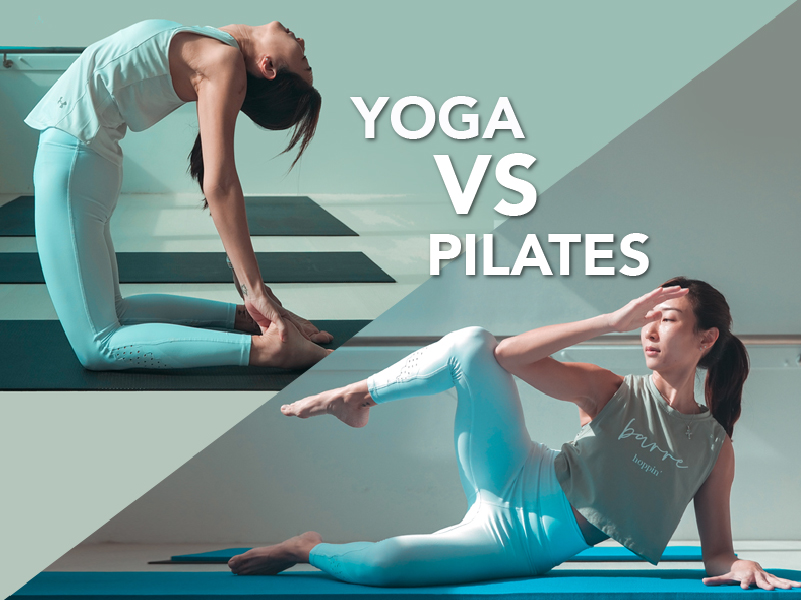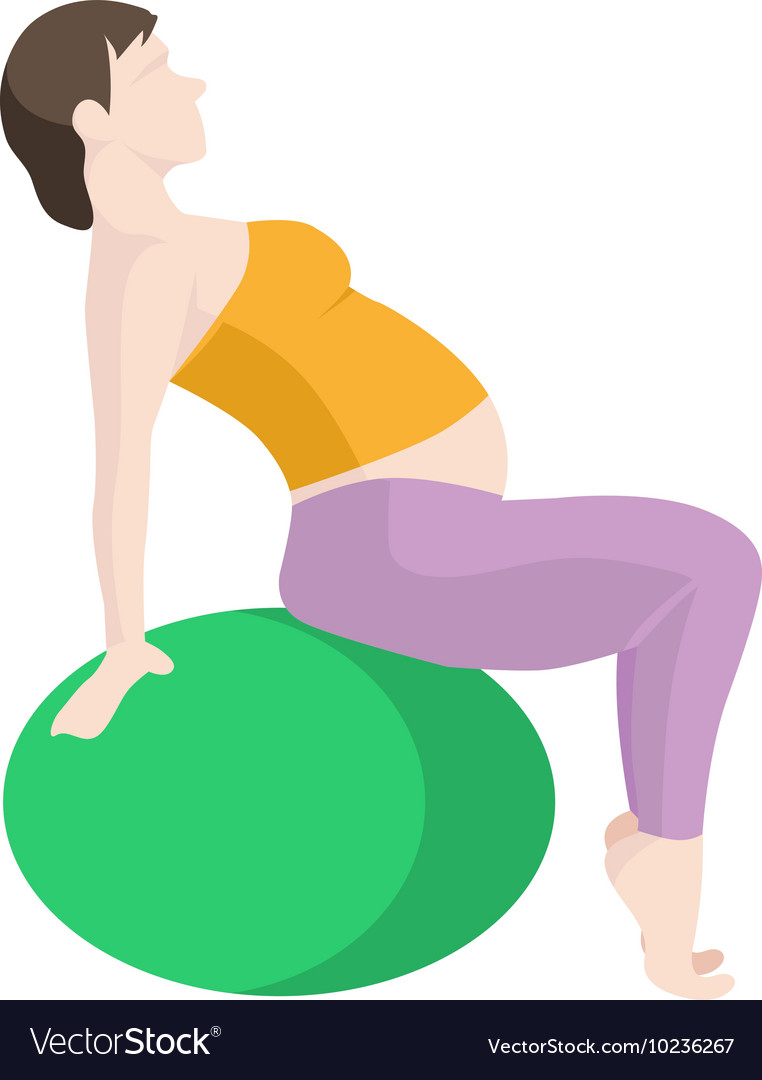
A yoga class can help you improve your flexibility. This type is a form of exercise that involves balancing, benting, and twisting in various places. You'll gain agility and confidence, and your body will look and feel healthier. You will also notice a change in your mood, productivity, and overall well-being. As an added bonus, yoga is good for your health, and it improves your overall wellbeing.
Increases flexibility
Regular yoga practice will improve your range of motion in all major muscles groups. It is important not to push yourself too far or into difficult poses. Instead start slow and progress up to more advanced forms. You'll soon see the benefits of greater range and motion. Additionally, you'll experience a higher sense of well-being as well as being able do more physical tasks. It's likely that you'll be amazed at how flexible your body becomes once you get into a routine of yoga.
Reduces stress
Yoga poses are an excellent way to reduce stress. Many of the most popular yoga poses can be performed by anyone, regardless of age, experience level, or physical fitness. To ease lower back tension, try the tongue in your mouth pose. This pose can be practiced by extending your legs and sitting on your heels. You should place your hands on the ground beside your feet and curl your shoulders around them. The pose should be held for approximately 60 seconds. After that, slowly exhale. This position releases tension from the lower back, increases circulation, and relieves the liver.

It improves your mood
A new metaanalysis found that a weekly yoga class can help lower the symptoms of depression, and other mental conditions. While yoga is primarily a physical practice, breathing techniques, and auditory rituals have also been found to reduce stress and improve mood. Major depressive disorder is the most common mental health problem in the globe. A meta-analysis of 23 treatments for MDD found yoga to be an effective alternative. Yoga is also known to reduce activity in the limbic and nervous systems.
Improves productivity
The practice of yoga has a variety of health benefits. For one thing, it helps strengthen the immune system. Depression and other conditions can be caused by chronic fatigue and sleep deprivation. Yoga also helps improve your mood and creativity. These are all factors which can increase your productivity. Here are some more ways that yoga can be used at work. You might be amazed at what you find! Do it yourself to see the results.
Reduces anxiety
There is new research showing that yoga can help people deal with anxiety. According to a NYU Grossman School of Medicine study, yoga significantly reduces symptoms of generalized anxiety disorder (GAD). Yoga was shown to be more effective than traditional education in stress management. Yoga was not as successful as cognitive behavior therapy (CBT), which is a treatment designed to teach patients how to identify and respond to stressors. They hope to find that yoga can serve as an adjunct to generalized anxiety disorder therapy.
Improves sleep
There was some evidence of improved sleep in a systematic review of yoga as a practice for elderly people. Yoga intervention resulted in an improvement of sleep quality, on average, by 1.2 points. Results were compared to those obtained from a control group that did not practice yoga. A meta-analysis involving 16 RCTs showed that yoga increased sleep quality by an average of1.2 points in women with chronic insomnia. Seven RCTs failed to find evidence of better sleep quality in women with breast-cancer or peri/postmenopausal symptoms.

Reduces risk of risky behavior
Research shows that stress can lead you to risky behaviors like drug abuse and sexual activities. Yoga, especially mindfulness-based yoga, helps young people deal with stress. Stress can also lead to delinquency and other risky behaviors. University of Cincinnati researchers examined the relationship between stressors and substance abuse. They concluded that yoga can help youth deal with stressful situations in a healthy way.
FAQ
Is yoga a sweaty sport?
It all depends on what type of yoga you are practicing. Vinyasa flow, or power yoga, involves a lot of twisting and turning movements. As a result, it's common for people to sweat heavily while practicing.
Hatha Yoga, by contrast, emphasizes forwarding bends as well as twists. Because these poses aren't very strenuous, most practitioners won't experience heavy perspiration.
How long should a session of yoga last?
Yoga sessions are generally between 45 minutes and 1 hour. The type of yoga that you are doing will determine the length of your session. 45-60 minutes should be enough if your goal is to concentrate on strength-building activities. If you are looking for relaxation or mediation, a longer time may be required.
The length also varies depending on what kind of yoga class you're taking - some classes focus on moving quickly while others emphasize slow, deep stretches.
Are yoga mats necessary?
Not necessarily. Many studios offer mats for students. These mats are usually made of rubber and are easy to clean.
You may also choose to purchase your mat. You will have a good mat for many years.
As a beginner, can I practice yoga every day?
Yoga is an excellent way to strengthen and stretch your body. It also helps you relax and release stress. You don't have to be a yoga expert to start practicing it regularly. For beginners, yoga should be practiced for 20 minutes at least three times per week.
This is enough time to get started. After that, you can gradually increase the time you spend practicing.
What is the average time it takes to learn yoga?
Yoga is a lifelong journey that requires dedication and patience. The truth is that everyone has his/her own pace when learning new things.
It doesn't make a difference how old you might be. You can master any routine of yoga if there is enough dedication and hard work.
What research shows about yoga as a way to improve your health?
Yoga has been proven to be beneficial in improving mental health and stress management, as well as overall well-being. It also helps people lose weight and maintain a healthy body mass index (BMI).
Yoga can reduce blood pressure, improve cardiovascular function, increase immune system functioning and help with stress management.
These are just some of the benefits of yoga.
The list can go on!
How long does it take to become a yoga pro?
It all depends on the type of yoga that you are doing. Some styles are more efficient than others. But even if you're just beginning, you can expect to improve over time.
The more you practice, the better you'll become. You'll see improvements in just a few short weeks of practice.
Statistics
- Start your Fall off right with 20% off All Access Membership when you sign up by 9/25! (corepoweryoga.com)
- A 2020 review of 27 studies (1,805 total participants) of yoga interventions in children or adolescents found reductions in anxiety or depression in 70 percent of the studies, with more promising results for anxiety. (nccih.nih.gov)
- About one in seven U.S. adults practiced yoga in the past 12 months, according to a 2017 national survey. (nccih.nih.gov)
- According to the Agency for Healthcare Research and Quality, falls are incredibly common among older adults in nursing facilities. Even the simplest ones can increase the risk of death (24). (healthline.com)
- The American Psychological Association recently shared that 84% of American adults feel the impact of prolonged stress (5). (healthline.com)
External Links
How To
Is yoga a good way to exercise?
Yoga isn't for people who just want to lose weight. It can also help you achieve flexibility, balance, coordination and strength.
Yoga is not just exercise; instead, it's an art form. These poses can be used to help you relax and meditate. They allow us to improve our posture and concentration as well as our breathing.
A "yogi" is someone who practices yoga. Yogis follow various forms of yoga, including Hatha, Ashtanga, Iyengar, Vinyasa, Bikram, Kundalini, Yin Yang, and Restorative.
Although there are many styles of yoga, they all share the same goals. Each type of yoga focuses on different aspects. Yoga styles include Hatha, pranayama (meditation), and pranayama (pranayama).
Some yoga exercises don't require you to have any equipment
-
Sun Salutation – The series of 12 positions starts with forward bend followed by 10 poses.
-
Warrior pose - A warrior pose can be achieved by holding a stick/staff.
-
Triangle Pose: This is where one leg is lifted behind the other and you bend at your knees.
-
Standing Forward Bend- This is when you lie down straight on the ground, with your legs straight. Then, fold forward to the waist.
-
Seated Twist: This is a pose that can be done while seated on a mat or in a chair.
-
Cobra Pose: This position is done lying on your back, arms raised.
-
Child's Pose - This pose is done while lying face up on the ground.
-
Cat/Cow Pose -- This pose is a mix of a cow pose and a cat pose. While lying face down, raise your upper body off the ground. Place your hands on your shoulders and roll over to the side.
-
Head Tilt--This pose requires that you tilt your head back with your eyes closed.
-
Shoulder Stand - This pose is standing upright with feet and arms raised above your head.
-
Tree Pose – This is a pose where you kneel on your knees and place your hands underneath your shoulders.
-
Bow Pose - This pose is completed by bending forward from the hips and placing your palms on the ground.
-
Corpse Pose: This pose can only be held for five seconds.
-
Mountain Pose – This is a pose known as mountain pose. Your spine should be straightened and you must stand tall.
-
Legs Up the Wall Pose- This pose can be achieved by hanging upside-down at a wall.
-
Side Angle Pose -- This pose requires you to lean against a wall and place your right arm in front of the wall.
-
Plank Position – This is when you lay flat on your stomach, extend your left arm out and place your right foot in front of each other.
-
Bridge Pose – Balance on your elbows while balancing on the toes in this pose.
-
Reverse Table Top Pose: This is when you lie on your stomach and extend your arms towards the ceiling.
-
Handstand - This position requires balance and strength. Hold yourself in between two walls or use a door frame to do this pose.
-
Half Moon Pose – Also known as Hero Pose, this pose is also called Hero Pose. You can perform it by standing on your hands or toes.
-
Headstand (or Handstand) - This pose requires excellent balance and strength. You can perform this pose either on a wall or using a doorframe.
-
Forearm Balance - This pose is performed on your forearms resting on a tabletop.
-
Spinal Twist: This pose is where your belly meets your arms.
-
Supported Bound Angle Pose - This pose requires support and balance. For support, use a beam or tree branch to help you balance.
-
Wide Leg Forward Fold - This pose is achieved by spreading your legs apart and touching your toes.
-
Single Pigeon Pose-This pose is very similar to the wide leg forward folded, but only has one leg.
-
Extended Puppy Dog Pose - This pose is very relaxing. It's done by extending your legs outward and bending your knees.
-
Seated Forward Bend - This pose is sitting cross-legged and stretching your hamstrings and calves.
-
Crow Pose – This pose can be difficult but rewarding once you are able to master it. You do this by raising your arms high above your head and lowering them to the floor.